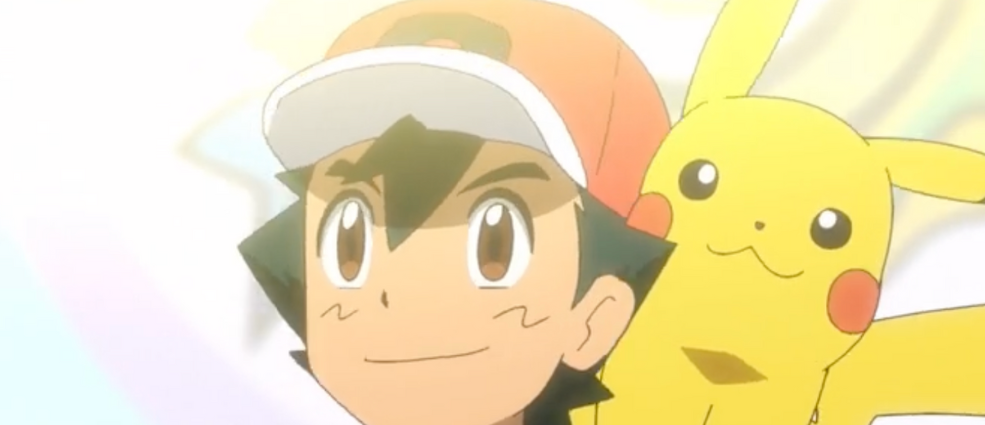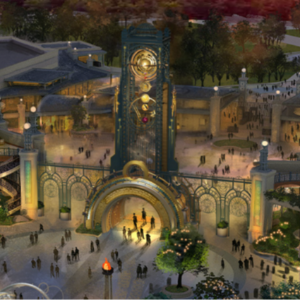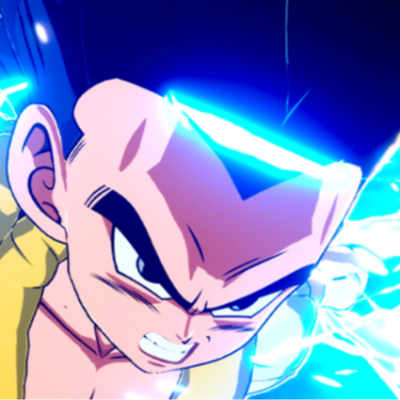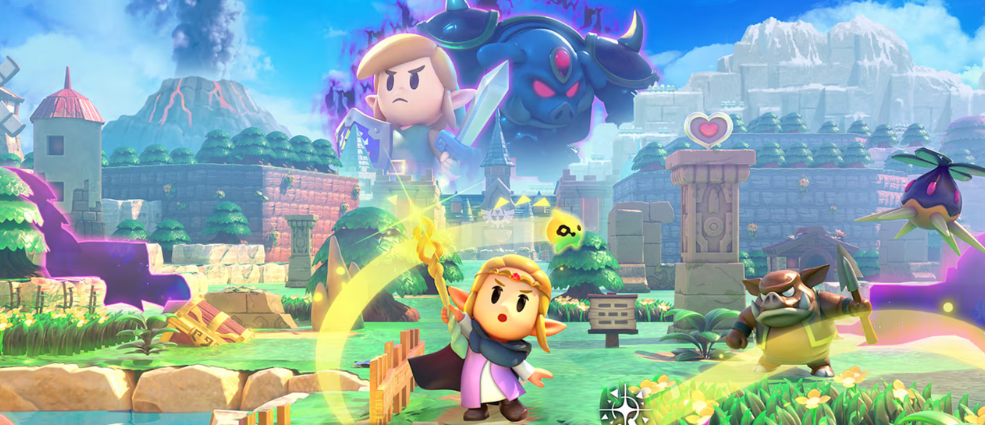
Pokémon has not only stood the test of time, but has evolved into an enduring cultural phenomenon.

In the spring of 1996, the world was introduced to a phenomenon that would forever change the landscape of gaming and entertainment: Pokémon. Created by Satoshi Tajiri and Ken Sugimori, this multimedia franchise has not only stood the test of time, but has evolved into an enduring cultural phenomenon.
1996-2000: The Birth of Pokémon
The journey began with Pokémon Red and Green, released in Japan in 1996. This groundbreaking RPG allowed players to capture, train, and battle creatures known as Pokémon. Its success led to the international release of Pokémon Red and Blue in 1998, captivating audiences worldwide.
Simultaneously, the animated series debuted in 1997, following the adventures of Ash Ketchum (Satoshi in Japan) and his trusty Pikachu. The show brought Pokémon to life, creating a symbiotic relationship between the games and the animated world. The catchy theme song, "Gotta Catch 'Em All," became an anthem for an entire generation.
2000-2010: Expanding Horizons
The Pokémon universe expanded with the release of Pokémon Gold and Silver in 1999, introducing a new region, Johto, and 100 additional Pokémon. This marked the beginning of a tradition – each generation introducing new regions, mechanics, and Pokémon. The Pokémon animated series continued to flourish, with Ash exploring Johto and beyond. The franchise ventured into movies with Pokémon: The First Movie in 1998, demonstrating its ability to seamlessly transition between gaming and cinematic experiences.
2010-2020: Technological Advancements
The release of Pokémon Black and White in 2010 showcased the series' adaptability to technological advancements. Enhanced graphics, a dynamic camera, and an engaging storyline marked a new era for Pokémon games. Meanwhile, the Pokémon anime evolved with Ash's journey in the Unova region. The introduction of Mega Evolution in the games and the incorporation of this mechanic into the show demonstrated a synergy that kept fans excited on multiple fronts.
2020-Present: A New Era
The Pokémon franchise entered its eighth generation with the release of Pokémon Sword and Shield in 2019. The introduction of the Wild Area and Dynamaxing showcased the series' commitment to innovation. The Pokémon anime mirrored these advancements, seamlessly integrating Galar's new features into Ash's adventures. Beyond gaming and animation, Pokémon expanded into augmented reality with Pokémon GO in 2016. The mobile game became a global sensation, allowing players to catch Pokémon in the real world.
From the original trio of Bulbasaur, Charmander, and Squirtle to the legendary Pokémon like Mewtwo and Rayquaza, the characters have become icons. Pikachu, the franchise's mascot, has become synonymous with Pokémon itself, adorning merchandise and capturing hearts worldwide.
Gameplay vs. Shows
While the games and shows have distinct mediums, they've maintained a harmonious relationship. The games provide the foundation, introducing new regions, mechanics, and Pokémon. The shows, in turn, breathe life into these digital creatures, giving them personalities and stories that resonate with fans.
In conclusion, the Pokémon franchise has undergone a remarkable evolution since its inception. From 8-bit sprites to stunning 3D landscapes, from the original 151 to over 800 Pokémon. Pokémon has continued to captivate audiences across generations. The synergy between games and media has not only sustained but also strengthened the bond fans share with this beloved franchise. As we eagerly await what the future holds, one thing remains certain – the Pokémon journey is far from over.


Pedro Pascal reacts to the lat...
Read More...
Universal’s Epic Universe feat...
Read More...
'The Last of Us' Season 2 drop...
Read More...
Dragon Ball Sparking Zero deli...
Read More...
For the first time since the '...
Read More...